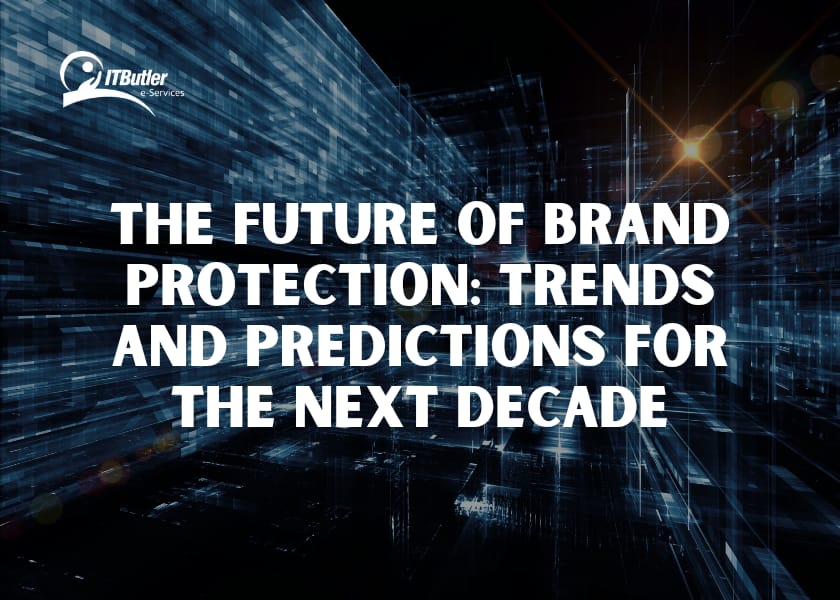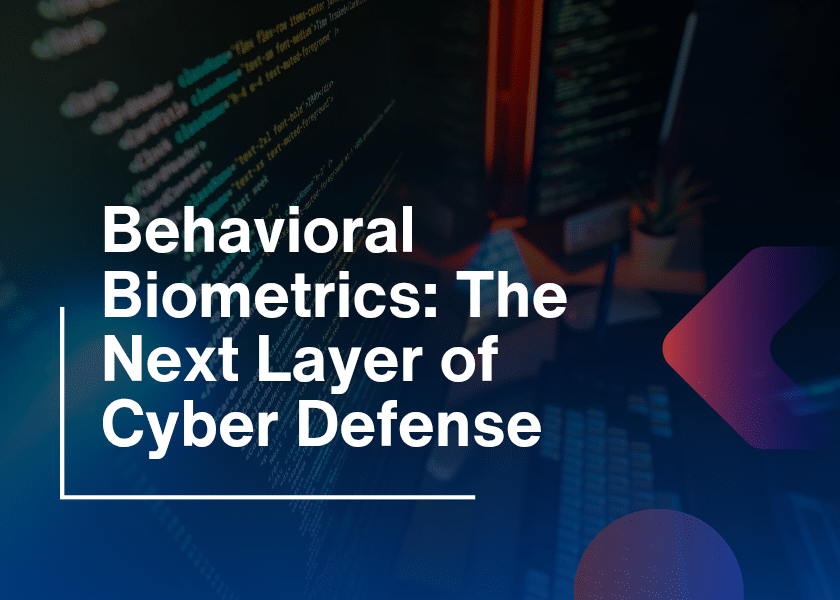It’s 2030, your brand’s logo pops up on a fake product, and your competitor’s chatbot sounds eerily like your own. However, it may sound unreal right? But unfortunately, it’s the digital reality we’re stepping into. As technology evolves, cyber threats evolve with it too. So future brand protection is at its most critical level as it holds better solutions, smarter defenses, and innovative tools. Thus, these all are to outsmart the craftiest cybercriminals.
In this blog, we’ll discuss the trends shaping brand protection over the next decade. Including the predictions you need to know, and tips on staying ahead of future threats. So are you ready to future-proof your brand?
Future of Brand protection
Fast-forward to 2030, and brand protection will look fundamentally different. As technology advances so will the challenges.
1. The Age of Deep Fake Attacks
Deepfakes will be a massive threat in 2030. A fake video of your CEO announcing false company news could wreak havoc in a matter of minutes. Therefore, the future of brand protection will require advanced tools for detecting and countering deepfake technology.
2. Blockchain for Brand Authenticity
The technology will change the nature of brand protection. As from monitoring product authenticity to secure transactions, blockchain will help brands fight counterfeiting and fraud in ways previously unimaginable.
3. Personalized Cyber Threats
Hackers are getting personal. Until 2030, attacks will target particular employees or departments of a brand. So vigilance becomes a must-do task, as the attack would now resemble to the phishing emails in a format.
4. Global Cyber Regulations
In the next decade, governments will play a more active role by imposing stricter cybersecurity laws. However, non-compliance will cost not only fines but possibly the loss of customer trust. Hence, brands will need to have dedicated compliance teams for this complex landscape.
Why does brand protection matter?
Brand protection can keep your business identity safer from fraudsters, mischief makers, and cyber hackers right now. So from phishing to bogus products, it is growing faster, than your favorite TikTok viral trend.
What are the Cybersecurity Trends in 2024
2024 is becoming a landmark year in terms of cybersecurity. So here are the trends to watch out for:
1. AI in Cybersecurity
AI changes the rules in cybersecurity. As AI can detect threats in milliseconds, however, cybercrime is getting smart too. Imagine hacking smarter than your security tools do, terrifying, huh?
2. Zero Trust Architecture (ZTA)
“Trust no one” isn’t just spy movie advice anymore, it’s the motto for cybersecurity. However, the Zero Trust Architecture ensures every user and device is verified, making it harder for attackers to sneak.
3. Cloud Security Takes Centre Stage
With companies shifting to the cloud, data stored on such mediums must be safe. So advanced cloud security solutions will safeguard confidential data from hacking in 2024.
4. Authentication through Biometrics
Forget passwords, instead, the new key is your face or fingerprint. Although not foolproof (hello there, evil twins), it is becoming the new paradigm for access control.
Future Cyber Threats
1. Quantum Computing
Quantum computing holds promises of mind-boggling leaps but may also shatter today’s encryption standards. As brands will need quantum-proof encryption to remain safe.
2. Vulnerabilities due to the Internet of Things (IoT)
Does anyone have smart fridges? There will be more IoT devices than humans in 2030. Each device is an open back door for hackers. Thus, protecting IoT ecosystems will become a priority.
3. Social Engineering Scams on Steroids
Cybercriminals are crafty storytellers. So in 2030, they’ll use AI to craft hyper-convincing phishing emails and scams. If your bank suddenly emails in Shakespearean English, you’ve been warned!
4. Ransomware Evolution
Ransomware will become smarter and sneakier. Expect attacks where hackers not only encrypt data but leak it publicly to force companies to pay up.

How Brands Can Stay One Step Ahead
1. Invest in Cybersecurity Training
Training employees once can help turn them into cyber warriors, ready for the battle of spotting phishing emails and malware.
2. Incorporate Proactive Threat Detection
However, waiting for an attack to happen is so 2020. But now brands need systems that can detect threats even before they arrive. Imagine it like having a cyber crystal ball.
3. Work with Cybersecurity Experts
Cybersecurity is not a do-it-yourself project. However, it’s best to partner with the experts so you are always ahead of the game. As it saves you sleepless nights worrying about cyber ninjas.
4. Monitor Your Digital Footprint
Monitor the overall online presence of your brand, from social media to e-commerce platforms. See if anyone is faking your brand or selling such counterfeit products.
Role of Cybersecurity in 2030
Cybersecurity will be as fundamental a utility as Wi-Fi. Brands focusing on protection will thrive, while companies that don’t might fade to oblivion. So from quantum encryption to AI-driven defensive tools, the arsenal has evolved-but so have threats.
Conclusion
The future of brand protection isn’t strictly technology, it’s being mindful. With new threats like deepfakes, quantum computing, and personalized cyberattacks, looking ahead will require advanced technology and employee training. However, the road to 2030 seems to be rather daunting. But ere is the good news, innovation is on your side. By adopting the trends in cybersecurity, preparing for threats that might appear, and embracing some humor on your way. You are ready to protect your brand in the digital age and flourish.
Remember, cybersecurity is not only about defense but also an advantage. So, suit up, be alert, and let your brand shine in this ever-changing digital world.
FAQs about the Future of Brand Protection
– What is a brand protection strategy?
A brand protection strategy is the proactive approach toward safeguarding a brand’s reputation, assets, and intellectual property from misuse, counterfeiting, and cyber threats.
– What are the 5 principles of protection?
There are five principles for protecting data:
- Lawfulness and transparency
- Purpose limitation
- Data minimization
- Accuracy and storage limitation
- Security and confidentiality
– What is global brand protection?
Global brand protection relates to safeguarding the reputation, intellectual property, and assets of the brand in the international market. Moreover, it also includes combating counterfeit products with trademark infringement and digital threats all over the world






